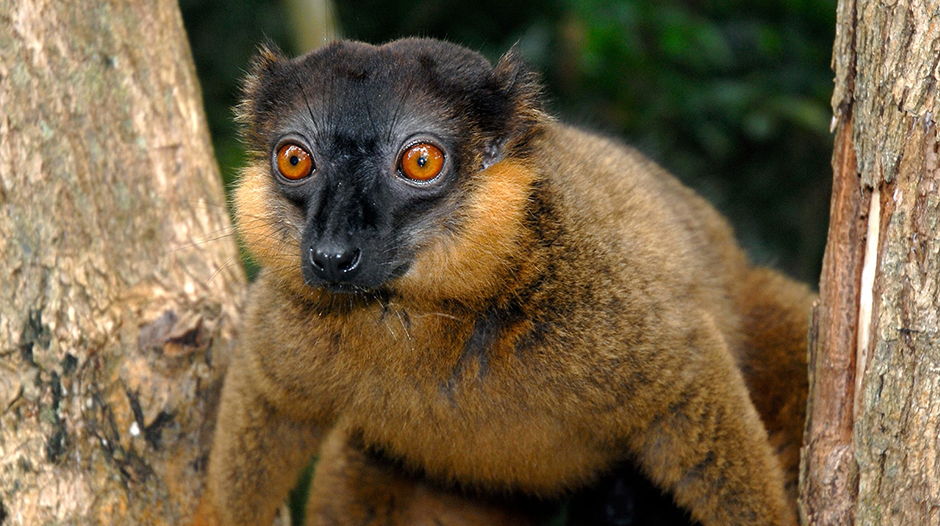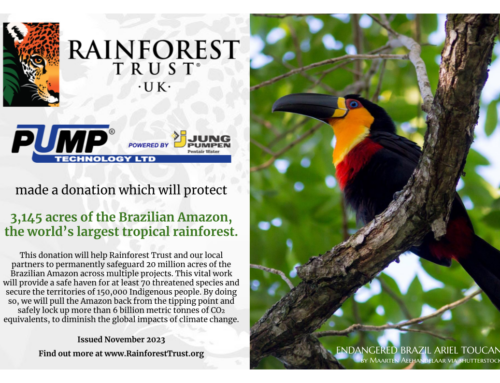New Project Saving Lemurs in Madagascar

An update from Vicky Wallace
Fundraising Manager
Lemurs are a perfect example of the unusual species found on islands. Much as the Galápagos Islands were made famous by Charles Darwin in the 1800s, Madagascar has had its own degree of fame for its unique and beloved species, and it certainly deserves it. Isolated in the Indian Ocean, its native plants and animals have evolved independently to inhabit one of the planet’s most fascinating biodiversity hotspots.
Today, I am writing to announce our new project in Madagascar with our local partner, Nitidae, to protect 275,325 acres of rainforest in the new Beampingaratsy Protected Area for rare species, including six species of lemur — three of which are endangered.
Most of Madagascar’s original forests have been lost. However, an important, unprotected area of rainforest still remains in the Beampingaratsy region of southeastern Madagascar. The new protected area underway will safeguard an 87-mile-long wildlife corridor linking two large national parks and protecting threatened species against hunting, illegal logging and deforestation for agriculture.
Once this new protected area is established, the resulting contiguous 1.2-million-acre refuge is critical for an array of rare species, including the Anosy Mouse Lemur, Collared Brown Lemur and Southern Woolly Lemur, and the Madagascar Climbing Frog, Haraldmeier’s Mantella and Two-banded Chameleon. A biodiversity inventory was conducted by our partner prior to the pandemic, which revealed 185 vertebrate species, including 44 amphibians, 32 reptiles, 78 birds, 16 small non-flying mammals, 6 lemurs, 4 bats, 4 carnivores and one tenrec.
Our partner, Nitidae, has been working with local communities in Madagascar for nearly a decade. Extreme poverty complicates conservation work here. Our partner will work with the local communities to help find sustainable alternatives to their needs and support conservation. To address poaching and other threats, project staff and community members will work together and use satellite data to patrol and prevent deforestation and fires, and monitor species.
Perhaps even more important is the value of this Beampingaratsy forest to neighbouring communities and our climate. The rivers and streams flowing from these hills to the Indian Ocean are part of a critical watershed that provides water for 51 neighbouring villages and the abundant wildlife found in the region. Covered in 57% old-growth forest, a rarity in Madagascar, the proposed reserve will keep 43,367,857 metric tonnes of CO₂ equivalents safely in the Earth. Because the threats to this forest are particularly urgent, we have categorised this project as a Frontier Forest, meaning it meets our threshold as a high-priority project for climate change.
Please do not hesitate to contact me if you have any questions about our work in Madagascar.


